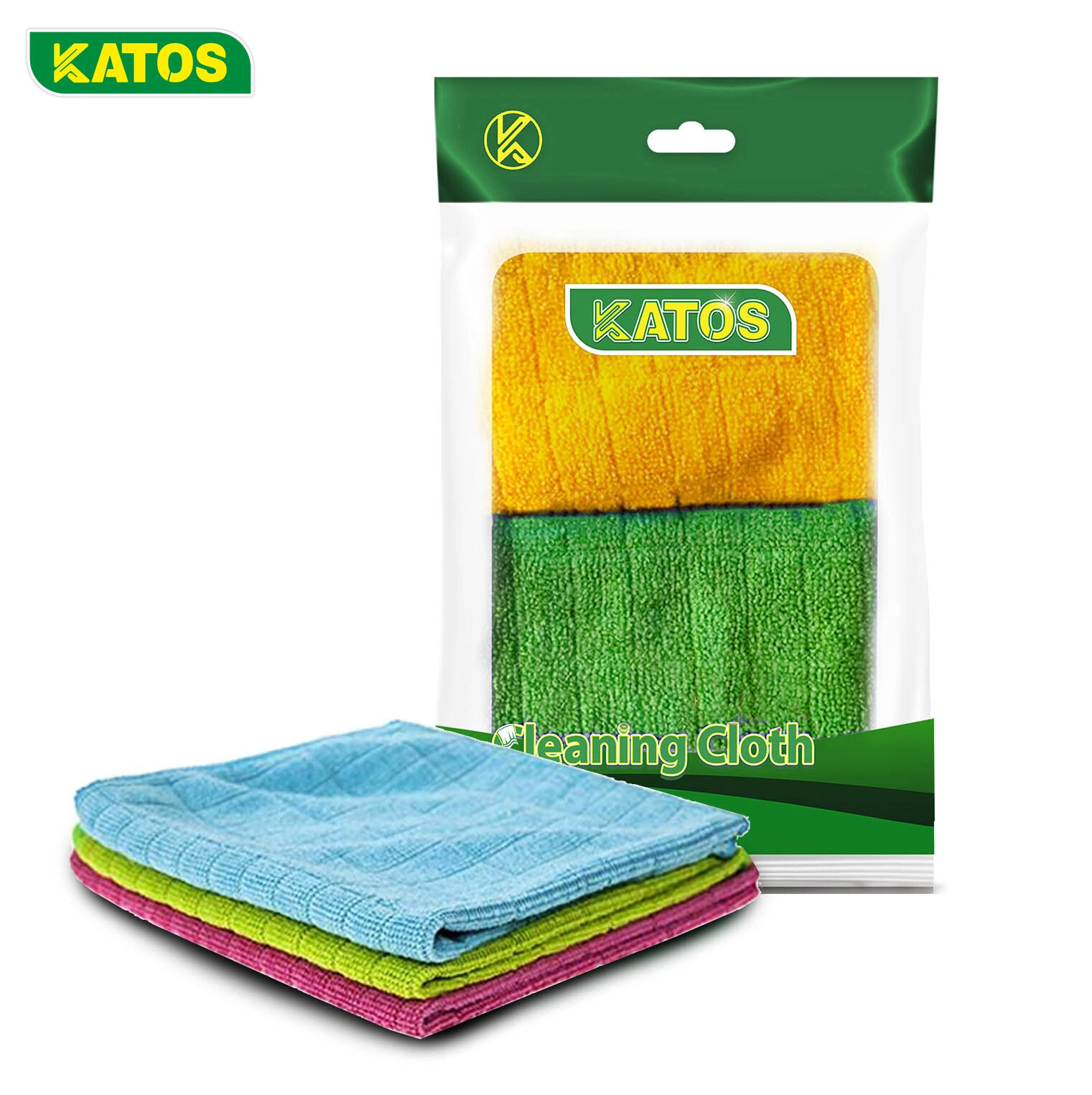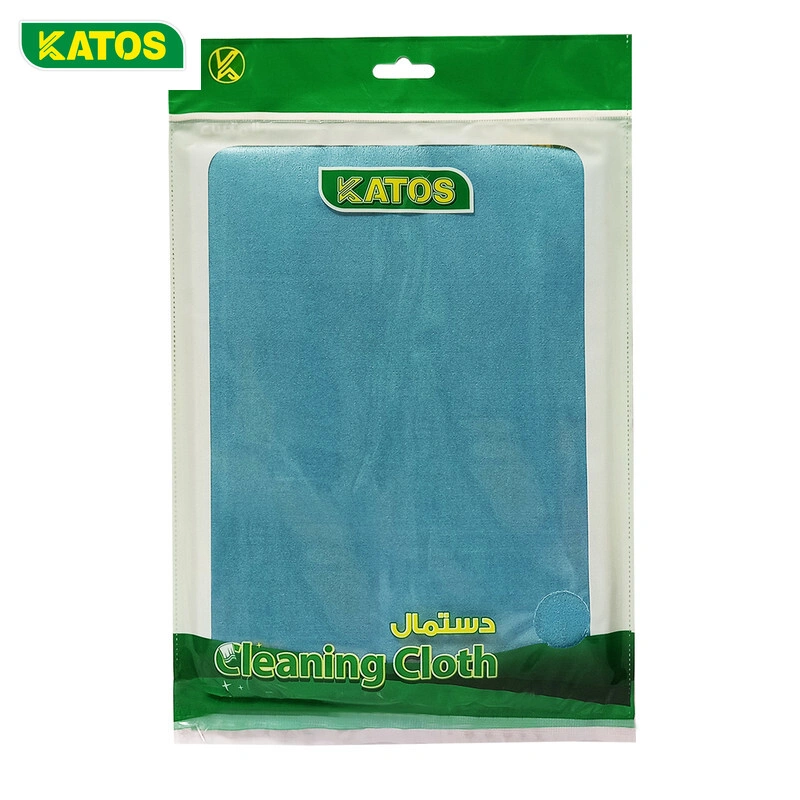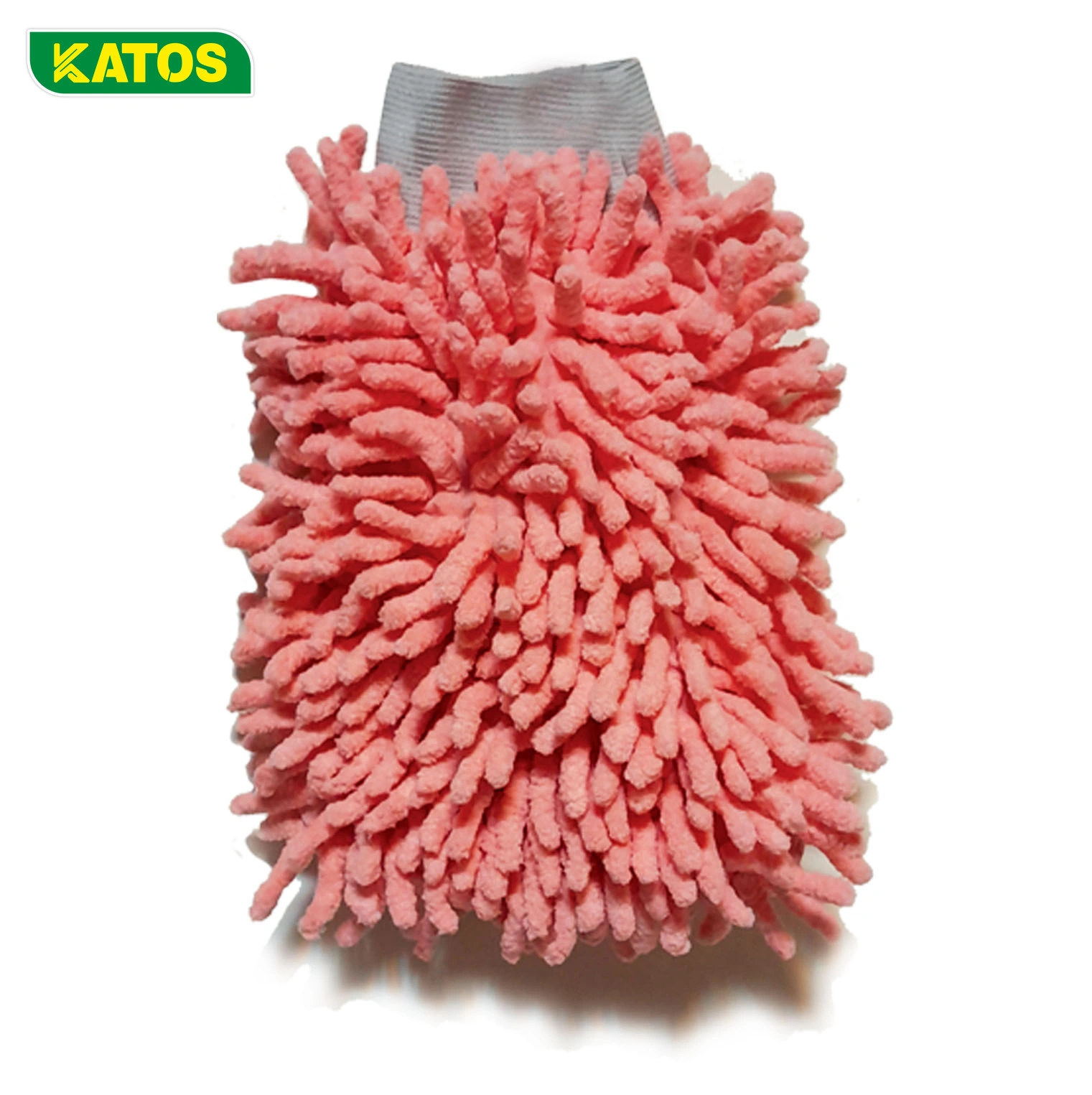Cleaning cloths are essential tools in maintaining cleanliness and hygiene in various settings, from households to industrial environments. They come in different materials, such as microfiber, cotton, and synthetic blends, each designed to tackle specific cleaning tasks. Microfiber cloths, for instance, are highly effective at trapping dust and dirt without the need for chemicals, making them ideal for cleaning delicate surfaces like glass and electronics. Cotton cloths, on the other hand, are durable and absorbent, suitable for wiping up spills and general-purpose cleaning. The versatility and effectiveness of cleaning cloths make them indispensable for achieving a thorough and efficient clean.
Proper use and maintenance of cleaning cloths are crucial to ensuring their longevity and effectiveness. It’s important to use separate cloths for different tasks, such as one for the kitchen and another for the bathroom, to avoid cross-contamination. After use, cleaning cloths should be washed thoroughly and allowed to dry completely to prevent the growth of bacteria and mold. Regularly replacing worn-out cloths is also essential to maintain high cleaning standards. By following these practices, cleaning cloths can be a reliable and hygienic solution for maintaining cleanliness in any environment.
 :cleaning cloths
:cleaning cloths
When it comes to maintaining a clean and hygienic home, choosing the right cleaning cloths for different areas is crucial. Each part of the house has unique cleaning needs, and using the appropriate cloth can enhance efficiency, ensure cleanliness, and reduce the risk of cross-contamination. Below, we’ll explore the best types of cleaning cloths for various parts of the house, including the kitchen, bathroom, living room, bedroom, and more.
Kitchen
The kitchen is one of the busiest and most critical areas in the home when it comes to cleanliness. It’s where food is prepared, making hygiene particularly important.
Countertops and Surfaces: Microfiber cloths are ideal for cleaning kitchen countertops and surfaces. Their fine fibers are excellent at picking up grease, dirt, and bacteria without the need for harsh chemicals. They can be used dry for dusting or slightly dampened for wiping down surfaces. Microfiber cloths are also great for polishing stainless steel appliances, leaving them streak-free.
Dishwashing: For washing dishes, a cotton or cellulose sponge cloth is highly effective. These cloths are absorbent and durable, making them suitable for scrubbing dishes, pots, and pans. Cotton cloths are gentle on surfaces but tough enough to handle stuck-on food. After use, it’s important to rinse them thoroughly and allow them to dry to prevent bacteria growth.
Stovetops and Ovens: When cleaning stovetops and ovens, a heavy-duty scrubbing cloth or pad made of a synthetic blend is recommended. These cloths often have a rougher texture on one side for tackling tough, burnt-on grime and a smoother side for wiping away residue. They are perfect for removing stubborn grease without scratching the surfaces.
Glass and Windows: For cleaning kitchen windows or glass cabinet doors, a lint-free microfiber glass cloth is best. These cloths are specifically designed to clean glass without leaving streaks or lint behind. They can be used with a glass cleaner or simply with water for a spotless finish.
Bathroom
The bathroom is another area that requires meticulous cleaning due to its high moisture content and the presence of germs and bacteria.
Sinks, Tubs, and Showers: Microfiber cloths are also effective in the bathroom, particularly for cleaning sinks, tubs, and showers. They can remove soap scum, mildew, and grime with ease. For tough stains, a microfiber cloth with a scrubbing texture or a dedicated scrubbing pad can be used.
Toilets: For cleaning toilets, it’s essential to use a cloth that is dedicated exclusively to this task to prevent cross-contamination. A disposable cloth or a highly durable synthetic cleaning cloth that can be sanitized after each use is ideal. These cloths should be used with a disinfectant to ensure all bacteria and viruses are killed.
Mirrors and Glass: A glass cleaning cloth, similar to the one used in the kitchen, is perfect for cleaning bathroom mirrors and glass shower doors. These cloths leave surfaces streak-free and are highly effective at removing water spots and fingerprints.
Tiles and Grout: Cleaning tiles and grout requires a cloth with a bit of abrasiveness. A microfiber cloth with a scrubbing texture or a synthetic fiber cloth can help remove dirt and mold from tile surfaces and grout lines. For deep cleaning, these cloths can be paired with a grout cleaner or a homemade solution of vinegar and baking soda.
 Living Room
Living Room
The living room is typically a central gathering area, so keeping it clean is important for both comfort and aesthetics.
Dusting Furniture: A dry microfiber cloth is excellent for dusting surfaces in the living room, such as coffee tables, shelves, and electronics. Microfiber traps dust particles effectively and can be used without any cleaning solution, making it safe for a variety of surfaces, including wood and glass.
Upholstery and Fabric: For cleaning upholstery and fabric surfaces, such as sofas and curtains, a soft, lint-free cloth made from cotton or microfiber is recommended. These cloths can be used to spot-clean stains or to refresh surfaces by wiping them down with a fabric-safe cleaner.
Electronics: Electronics such as TVs, computers, and sound systems require delicate care. A specialized microfiber cloth designed for electronics is ideal for cleaning screens and other components without scratching or leaving lint behind. These cloths can be used dry or slightly dampened with water or an electronics-safe cleaner.
Windows and Mirrors: As in other areas, a microfiber glass cloth is best for cleaning living room windows and mirrors. It ensures a streak-free finish and removes smudges and fingerprints efficiently.
Bedroom
The bedroom is a personal space that requires regular cleaning to maintain a comfortable and healthy environment.
Dusting Surfaces: Similar to the living room, a microfiber cloth is perfect for dusting furniture, shelves, and décor in the bedroom. It effectively captures dust and can be used dry or with a light mist of water or furniture polish.
Bedding and Fabrics: For spot-cleaning bedding, such as duvets and pillows, or for wiping down fabric headboards, a soft cotton cloth is recommended. It’s gentle on fabrics and can be used with a mild detergent or fabric cleaner.
Mirrors and Glass: A microfiber glass cloth is also useful in the bedroom for cleaning mirrors and any glass surfaces. It ensures that mirrors are left streak-free and clean, enhancing the overall appearance of the room.
Floors
Different types of floors in the house require different cleaning cloths to maintain their condition and appearance.
Hardwood and Laminate Floors: For hardwood and laminate floors, a microfiber mop cloth is ideal. Microfiber is gentle on these surfaces, preventing scratches while effectively picking up dust, dirt, and hair. It can be used dry for dusting or dampened with a wood-safe cleaner for mopping.
Tile Floors: For tile floors, a slightly more abrasive cloth, such as a microfiber cloth with scrubbing fibers, is suitable. It can remove dirt and grime from the tiles and grout lines without damaging the surface.
Carpets and Rugs: Spot cleaning carpets and rugs requires a soft, absorbent cloth made from cotton or microfiber. These cloths are effective for blotting up spills and stains. For more thorough cleaning, a cloth paired with a carpet cleaner can help lift dirt from the fibers.
 Utility and Laundry Rooms
Utility and Laundry Rooms
These areas often get overlooked but are essential to keep clean, especially considering they handle dirty laundry and other household chores.
Appliances: For cleaning washing machines, dryers, and other utility appliances, a microfiber cloth is ideal. It can remove dust, detergent residue, and grime without scratching surfaces. A slightly damp microfiber cloth is effective for wiping down these appliances.
Utility Sinks and Surfaces: A durable, synthetic cleaning cloth is best for scrubbing utility sinks and surfaces. These areas can accumulate heavy grime and stains, so a cloth that can withstand vigorous cleaning with strong detergents is necessary.
Outdoor Areas
Cleaning outdoor areas like patios, decks, and furniture requires more rugged cleaning cloths.
Outdoor Furniture: A synthetic scrubbing cloth is ideal for cleaning outdoor furniture. These cloths can handle dirt, pollen, and bird droppings that accumulate on outdoor surfaces. They are durable enough to be used with strong cleaning solutions.
Windows: For outdoor windows, a microfiber cloth specifically designed for outdoor use is recommended. These cloths often have a thicker weave to handle the more substantial dirt and grime that can accumulate on exterior glass.
Grills and BBQs: Cleaning grills and BBQs requires a heavy-duty scrubbing cloth or pad made from synthetic materials. These cloths can tackle burnt-on grease and food residue, making them essential for maintaining a clean and functional grill.
 :frequently asked questions
:frequently asked questions
?How often should cleaning cloths be washed
Answer: Cleaning cloths should be washed after each use, especially if they have been used in high-germ areas like the kitchen or bathroom. Regular washing helps prevent the buildup of bacteria and ensures that the cloths remain effective for their intended purpose. For cloths used in less soiled areas, washing them at least once a week is recommended.
?Can I use the same cleaning cloth for different areas of the house
Answer: It’s best to use separate cleaning cloths for different areas of the house to prevent cross-contamination. For example, use one cloth for the kitchen and another for the bathroom. This practice helps prevent the spread of germs and ensures that each area is cleaned appropriately. Color-coding or labeling cloths can help keep track of their designated use.
?What’s the best way to wash and sanitize cleaning cloths
Answer: To wash and sanitize cleaning cloths, use hot water (at least 60°C or 140°F) and a good detergent to remove dirt and kill bacteria. Adding a disinfectant or bleach to the wash cycle can further enhance sanitization, especially for cloths used in high-germ areas. Ensure that cloths are thoroughly dried after washing, as moisture can promote bacterial growth.
?How can I prevent cleaning cloths from developing unpleasant odors
Answer: To prevent unpleasant odors, ensure that cleaning cloths are washed regularly and dried completely after each use. If cloths start to develop a smell, washing them with a cup of white vinegar or baking soda can help neutralize odors. Additionally, avoid leaving damp cloths in a pile or in a closed space, as this can encourage odor-causing bacteria and mold.
?When should I replace my cleaning cloths
Answer: Cleaning cloths should be replaced when they show signs of significant wear and tear, such as fraying, holes, or a reduced ability to effectively clean surfaces. Over time, cloths may also lose their absorbency and cleaning efficiency. Regularly inspect your cloths and replace them as needed to maintain optimal cleaning performance and hygiene.
check our Instagram page
click here for more information about katos cleaning cloths.


 :cleaning cloths
:cleaning cloths Living Room
Living Room Utility and Laundry Rooms
Utility and Laundry Rooms